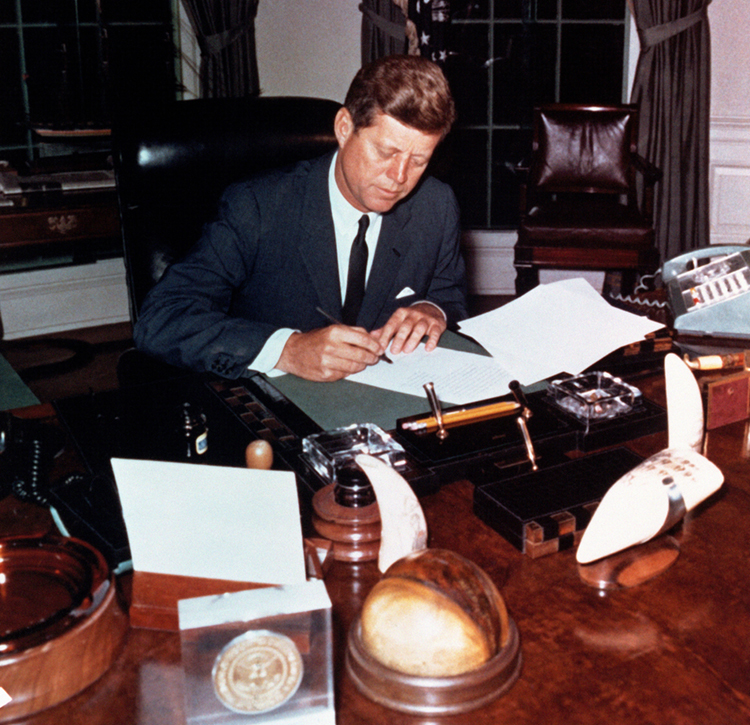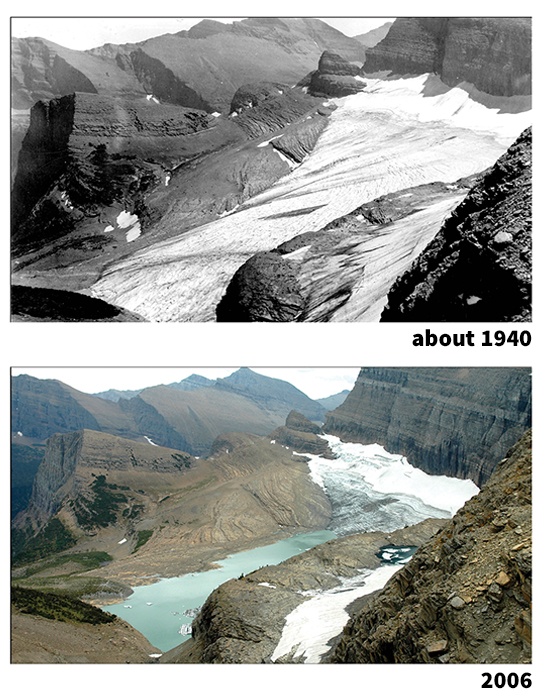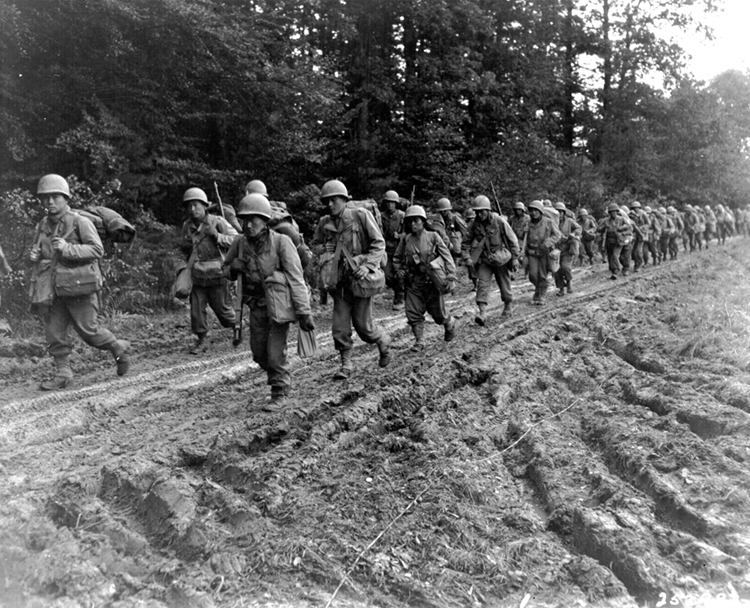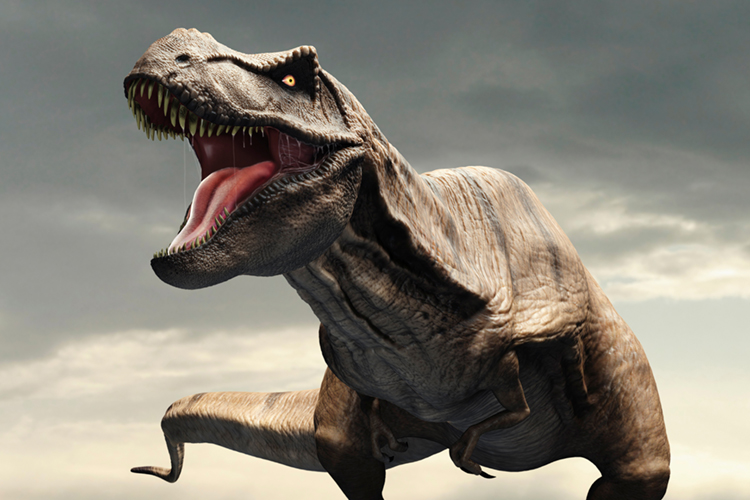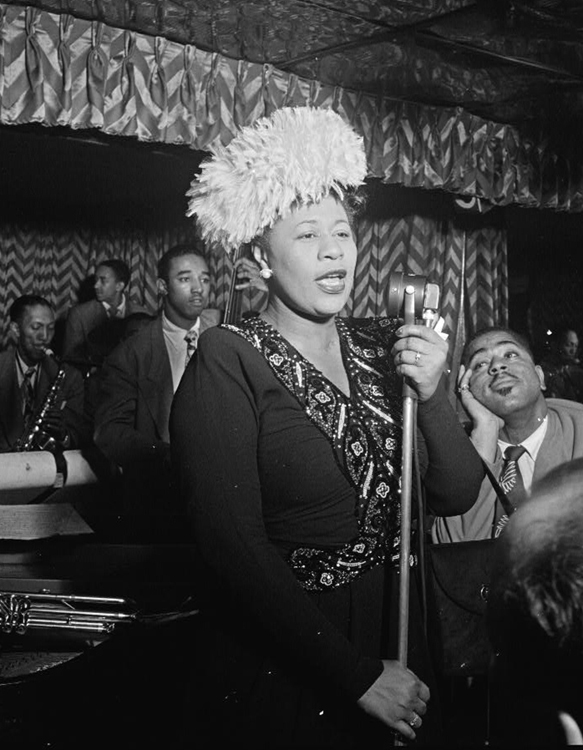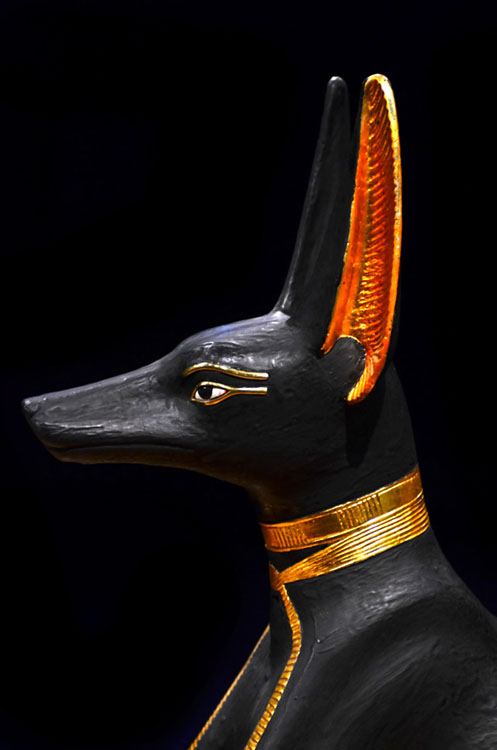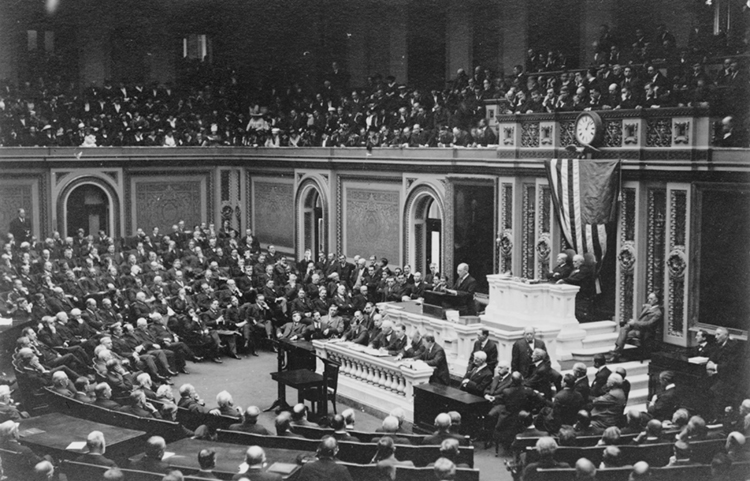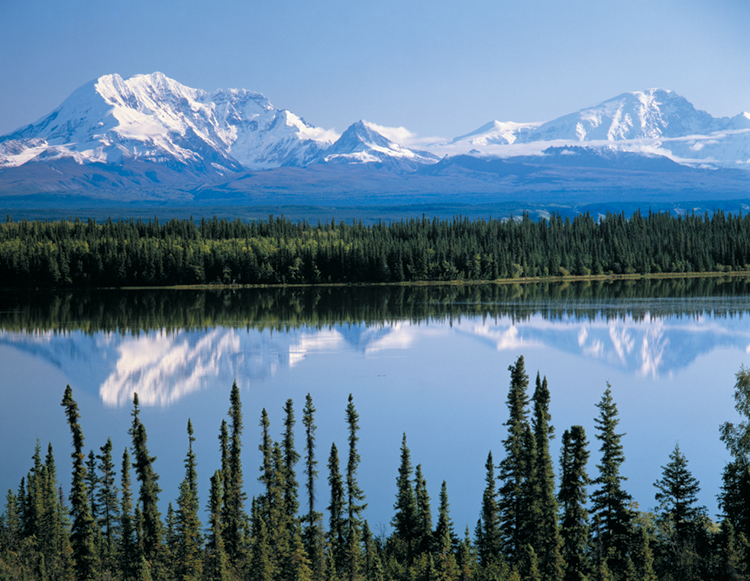Current Events Lesson Plan
Wednesday, June 7th, 2017The ability to read and think critically is an important skill for students to learn. World Book’s Behind the Headlines feature can not only help students learn about newsworthy events but can also help them learn to read and think critically. The below link provides questions and activities that students can use after reading one of World Book’s Behind the Headlines article. While not all questions and activities will apply to every Behind the Headlines article, you should be able to find some questions and activities to engage your students.

